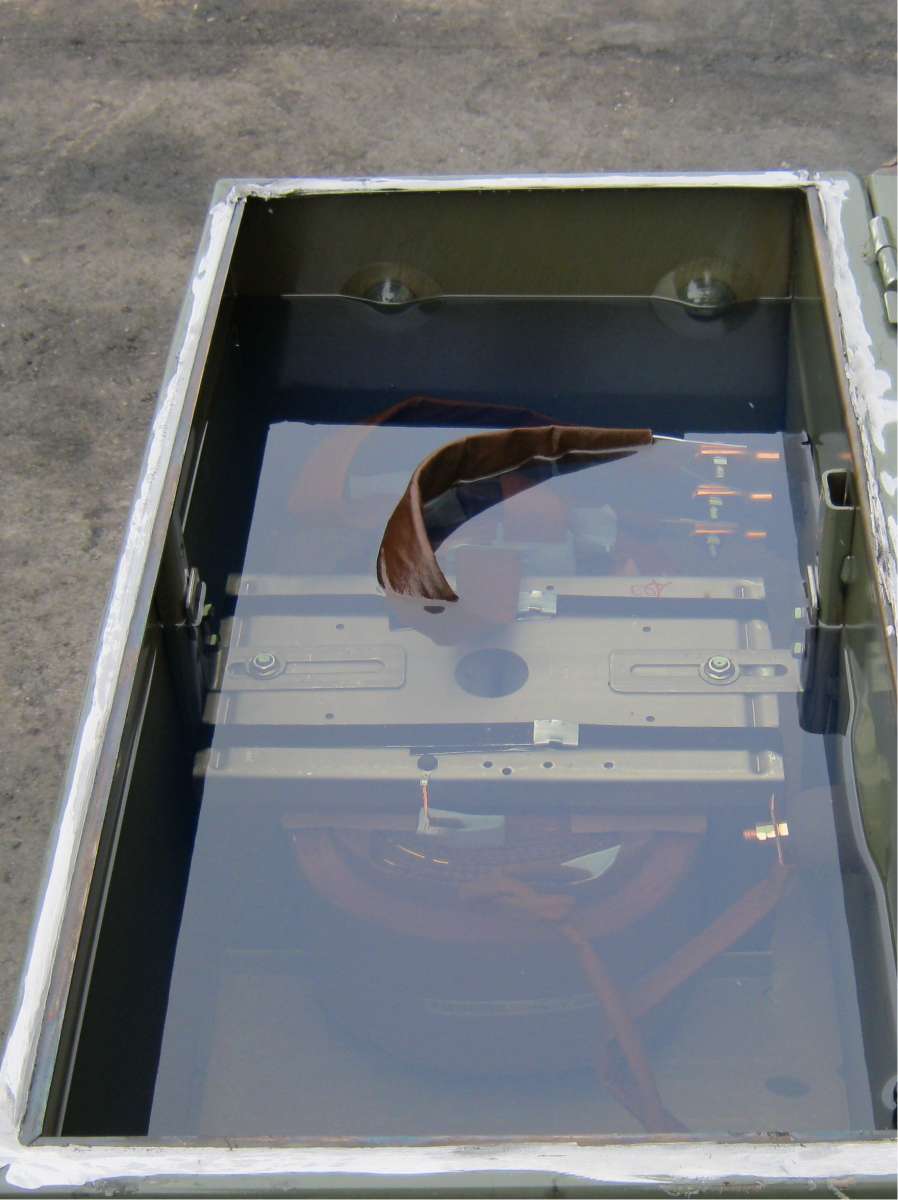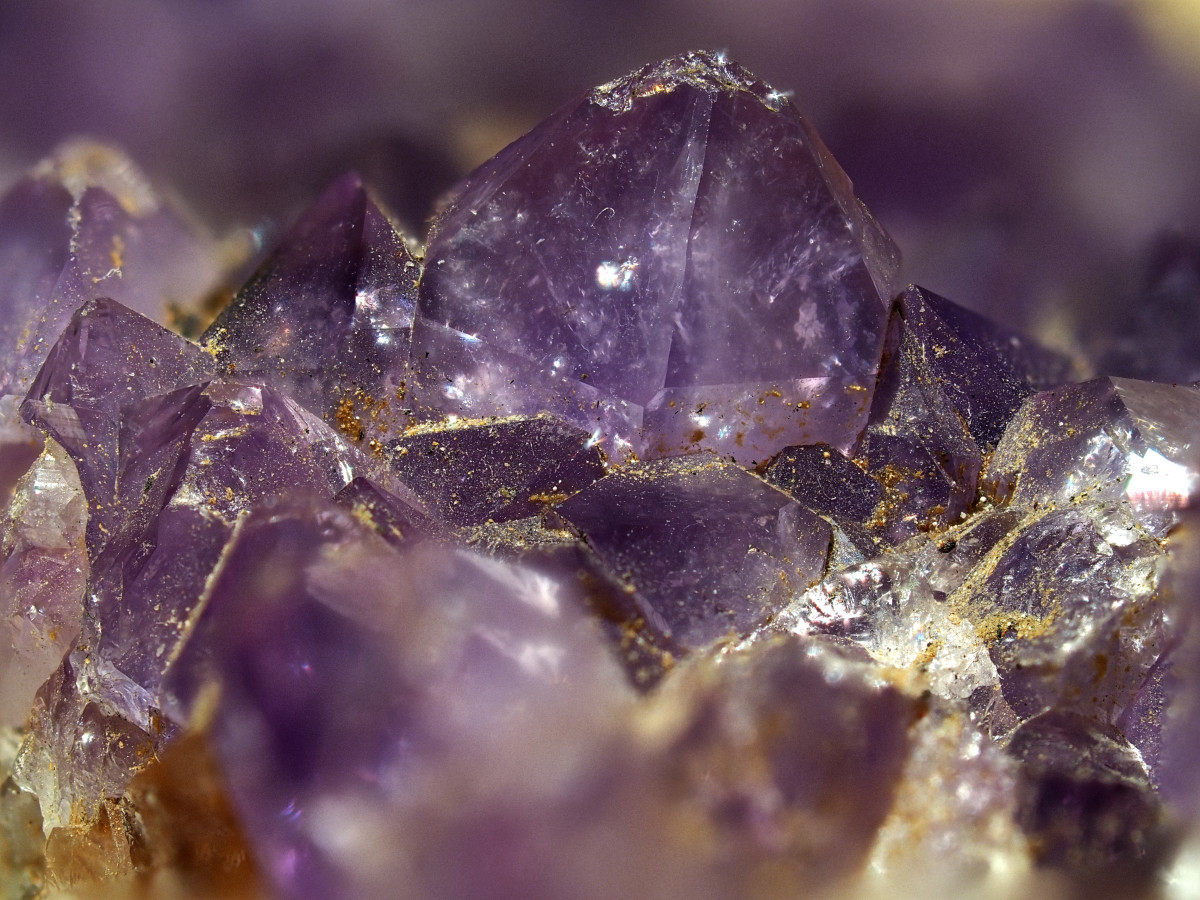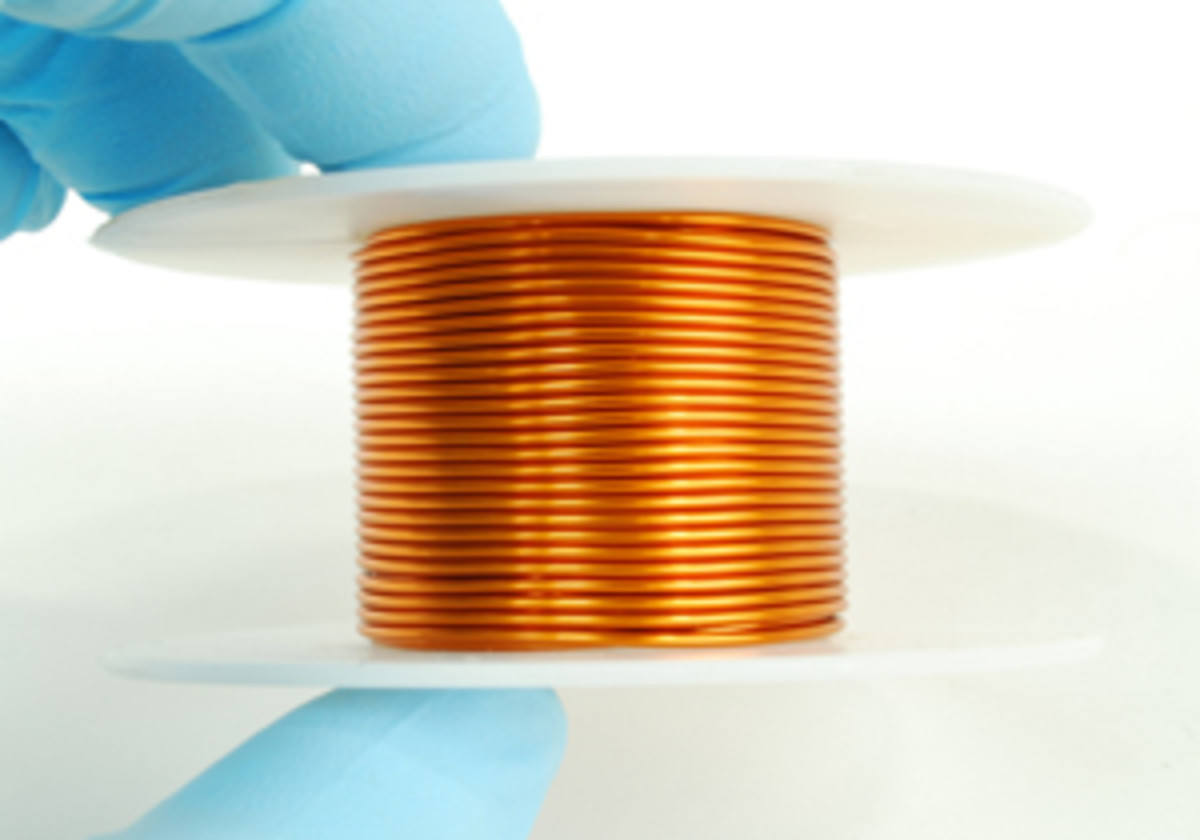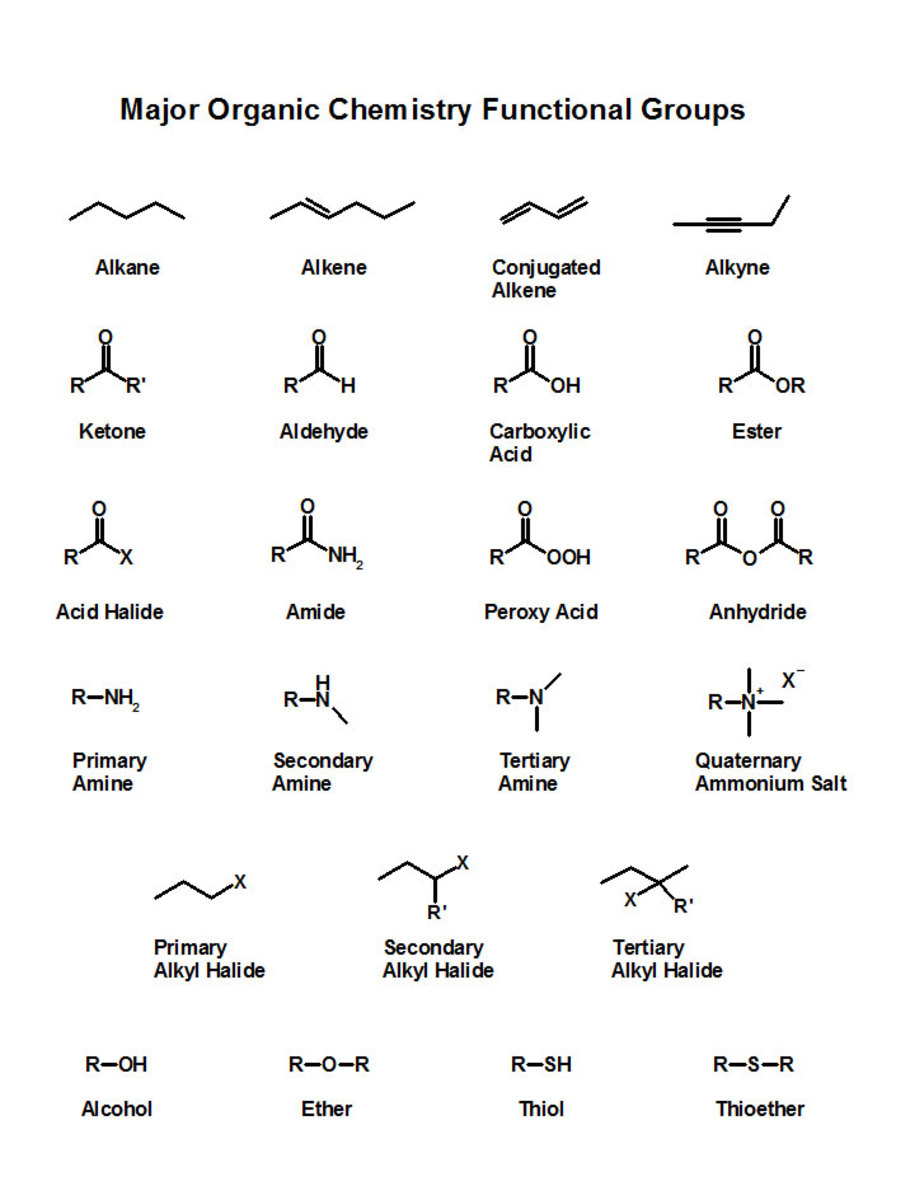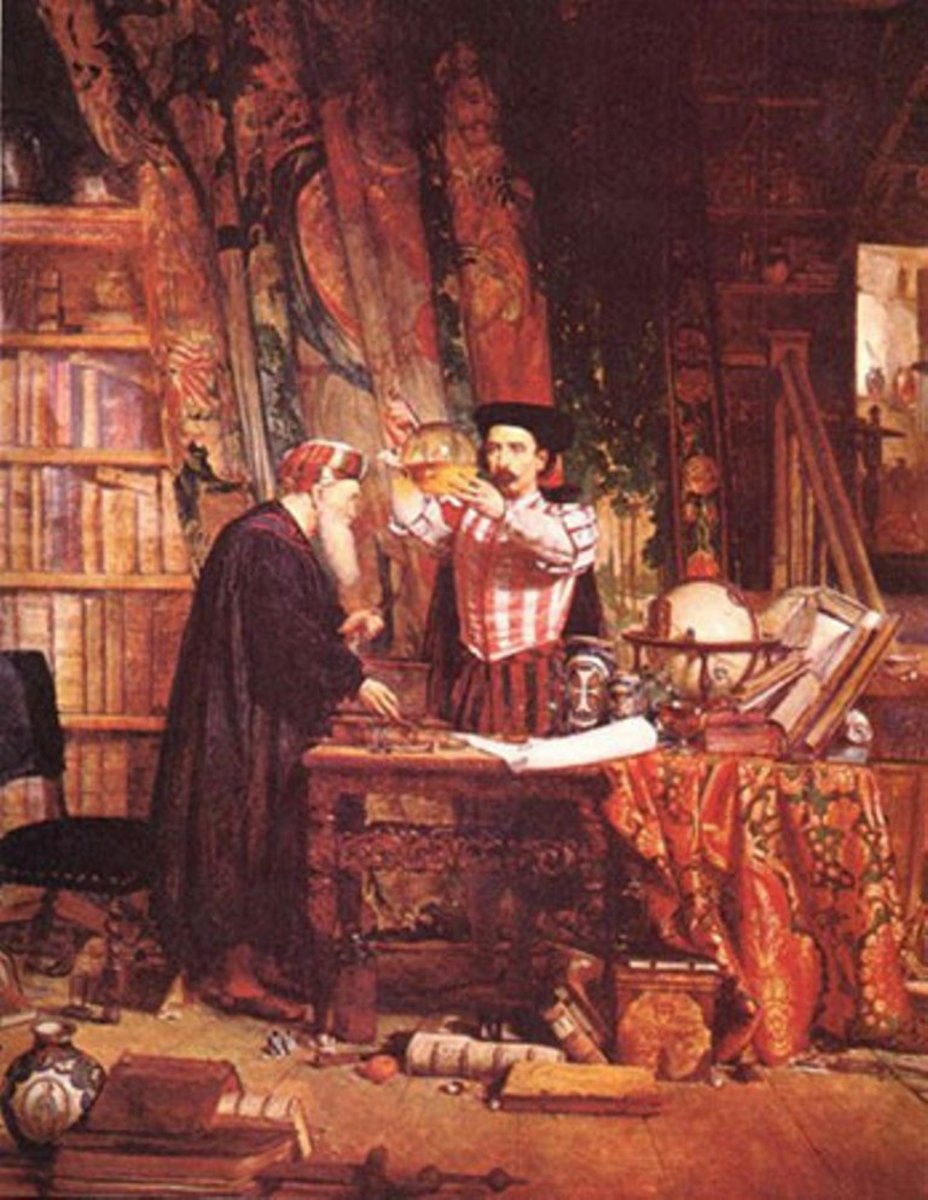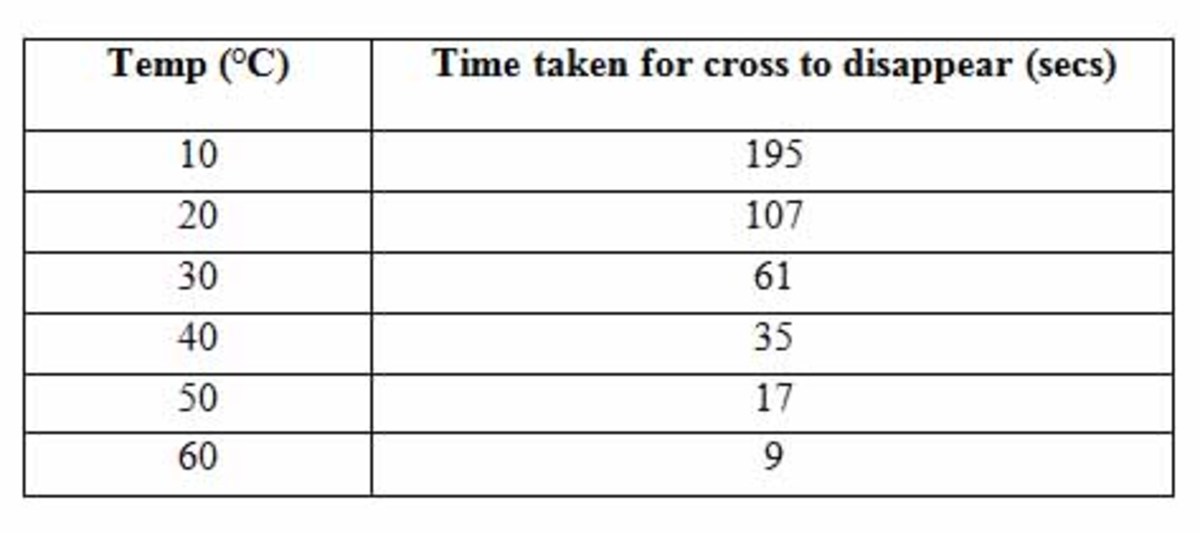Liquid Mercury Facts
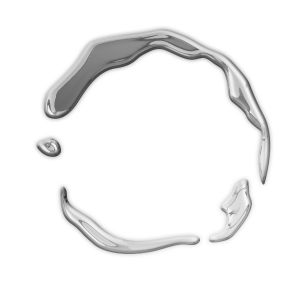
Liquid mercury was discovered thousands of years ago. The earliest recorded discovery dates back to the 15th century B.C., from the artifacts in an Egyptian tomb. Many other cultures, including the Chinese, Indians, Greeks and Romans have all recorded the use of liquid mercury and cinnabar (mercury ore). Early records show that liquid mercury was extracted from the cinnabar ore using vinegar.
History
In
ancient times, it was discovered that liquid mercury was poisonous. The
Romans found that exposure to mercury lead to the death of their mine
workers. However, mercury in other physical states did not dramatically
affect the drinking water supplies, nor the plant life in the area.
Today, mercury is known to cause damage to the kidneys and nerves,
and it also causes birth defects and blindness. Furthermore, it causes
damage to fish, algae, and other aquatic species.
Classification
The atomic symbol of liquid mercury, or mercury, is Hg. Its atomic number is 80, and the atomic mass of mercury is 200.59. Mercury is classified as a group 12 (IIB) transitional metal, and it is the only metal that is known to exist naturally in liquid form. As a liquid, mercury can also freeze at -37.93 degrees Fahrenheit, and it can be boiled and vaporized as a gas at 690.1 degrees Fahrenheit.
Physical Properties
Mercury's physical properties include electrical conduction and high surface tension. That means that mercury allows electrical currents to flow through it, and that substances can float on the surface of mercury.
Geography
Mercury is low-occurring element in the Earth. It is most commonly found in the cinnabar compound, then extracted as the mercury element. Today, mercury is mainly mined in Spain, Yugoslavia and Italy,. The United States and Spain are the largest mercury producers, followed by China, Algeria, Kyrgyzstan and Finland. The yearly production of mercury is over 8,000 tons, worldwide.
Uses
Liquid mercury is used in thermometers, barometers, in batteries, and in fluorescent lighting. It also is blended with other metals to make dental amalgam, which is used for fillings.
Mining
Mercury is also used to mine other metals. Since the 16th century, it has been used in amalgamation, where it acts as a solvent that pulls out the desired metal, as in silver mining. Once the metal is combined with the mercury, it is called a mercury amalgam. This mercury amalgam is then heated to the correct temperature to release the desired metal that combined with the mercury.

